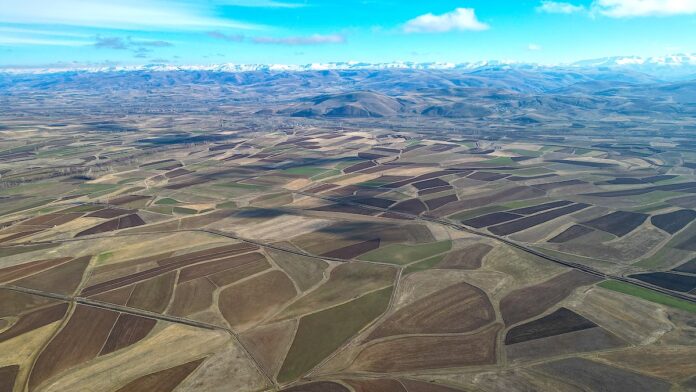“Hidden Dangers in Our Food: The Alarming Truth About Heavy Metal Contamination in Croplands”
A recent study has found that approximately one-sixth of croplands globally, totaling around 598 million acres, are contaminated by toxic heavy metals such as arsenic, cobalt, cadmium, copper, lead, and nickel. These contaminants exceed human health and agricultural safety thresholds, posing a significant risk to food production and human health.
Heavy metals, which can come from both natural and human-made sources, do not break down in the environment and can be absorbed by crops, making their way into the food chain. The accumulation of these metals in the body over time can lead to chronic diseases that may not manifest for years.
The study, led by Deyi Hou from Tsinghua University in China, used machine learning and a database of over 796,000 soil concentrations to assess global soil pollution by toxic metals. The researchers found that concentrations of cadmium in agricultural soil often exceeded safety thresholds, highlighting the widespread nature of the issue.
Regions such as southern Europe, the Middle East, and South Asia were identified as “metal-enriched corridors,” where agricultural activities overlap with a history of industrial activity, mining, and limited regulation. In these areas, the contamination of croplands by heavy metals is particularly pronounced.
The study also highlighted specific challenges in regions such as Central and Southeast Asia, where groundwater used for irrigation contains naturally occurring arsenic, which is absorbed by rice crops. Additionally, croplands near small-scale mines in South America, such as the Amazon basin, face risks from mercury contamination due to informal gold mining and deforestation.
While the impact of heavy metal contamination on croplands is significant, there is hope for remediation and transformation. Certain types of iron minerals in the soil have been found to convert toxic forms of arsenic into less harmful species, providing a natural defense mechanism. Additionally, technologies exist to remediate contaminated sites and transform them into sustainable agricultural areas.
However, addressing soil contamination is not just a scientific issue but also a matter of environmental justice. Communities most affected by contamination are often the least responsible for it and may lack access to resources for testing and treatment. Empowering these communities with information and tools for safe farming practices is crucial for mitigating the impact of heavy metal contamination on food security and human health.
The study, titled “Global soil pollution by toxic metals threatens agriculture and human health,” was published in the journal Science. The findings underscore the importance of addressing soil contamination to ensure the safety and sustainability of food production worldwide.
